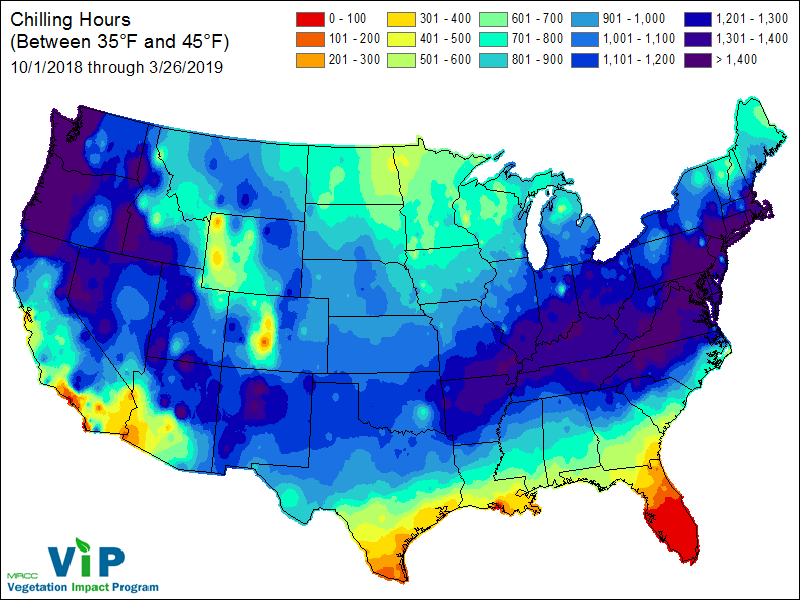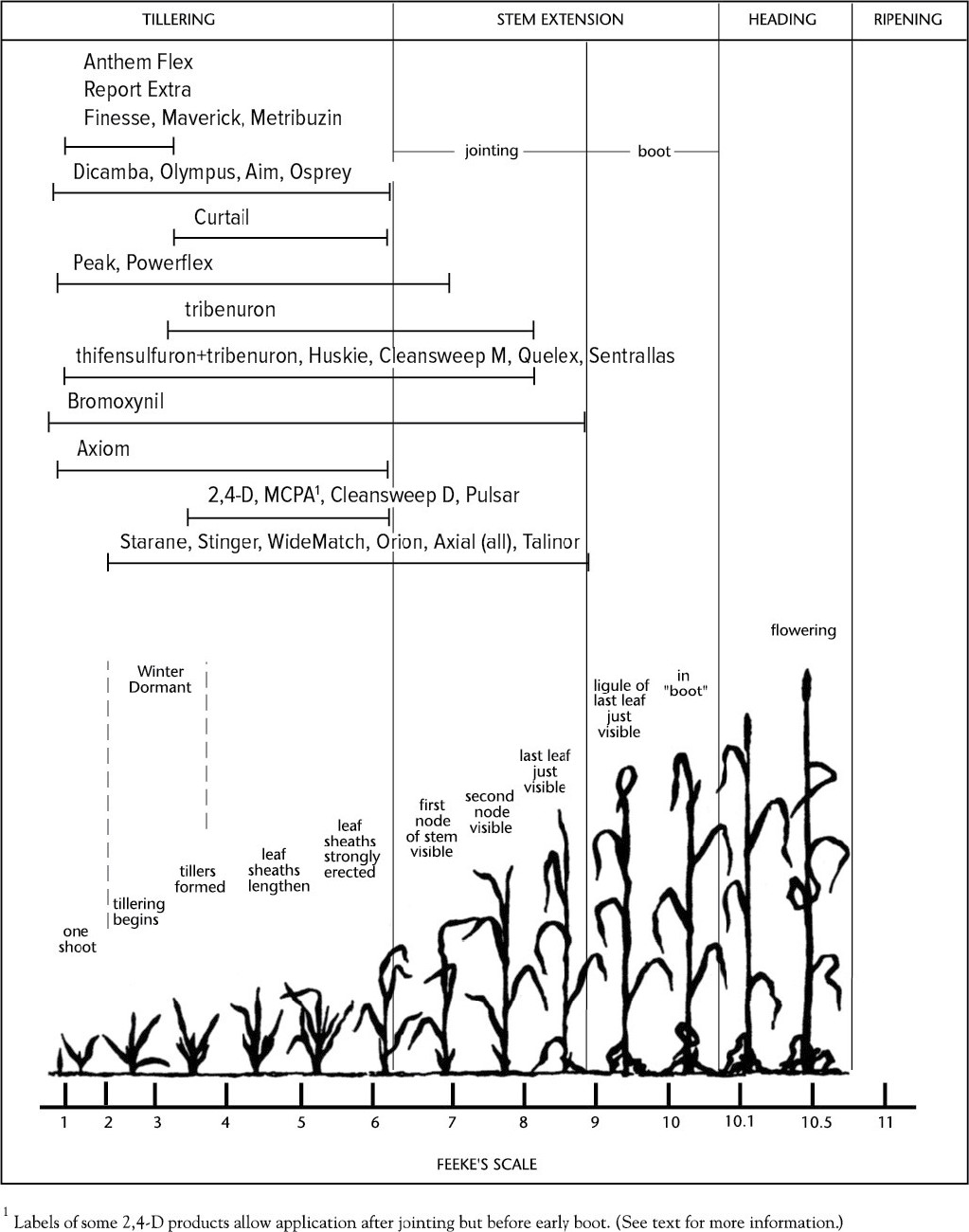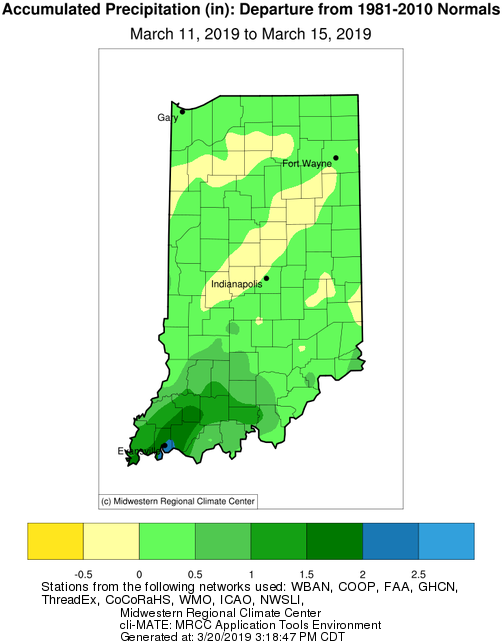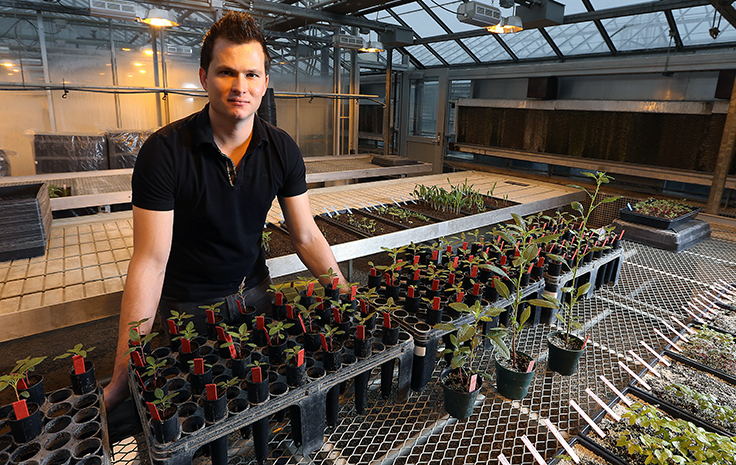
As March wraps up, both temperature and precipitation appear to be near normal for the month. This is hard to imagine given the variability experienced throughout the month!

As March wraps up, both temperature and precipitation appear to be near normal for the month. This is hard to imagine given the variability experienced throughout the month!

As I write this, spotty showers are moving through the state. At this time of the year, my interest is where those fronts are moving from.

The winter is finally winding down and we are bound to have warmer days and spring in the near future. As we look towards the warmer weather there a few field activities that are going to start quickly, including winter wheat greenup herbicide applications and winter annual weed burndown applications in no-till fields.
This is a listing of the Purdue field crop specialists for 2019.

Dr. Beth Hall became the new Indiana State Climatologist on 1 March 2019.

Last week, spring-like temperatures teased most of the Hoosier State with temperatures 5°F-8°F above normal (see Figure). While this encouraged more folks to get outside and enjoy the warmer weather, the week ended with a return to colder, windier conditions.
This report summarizes corn yield response to fertilizer nitrogen (N) rate in field scale trials conducted around the state of Indiana since 2006. These results are applicable to N management programs that use efficient methods and timings of N fertilizer application.

I would like to take this opportunity to introduce Marcelo Zimmer to our crop production and protection clientele.
Results from 97 field scale trials around Indiana since 2008 suggest that maximum yield response to plant populations for 30-inch row corn grown under minimal to moderate stress conditions occurs at about 32,150 PLANTS per acre (ppa), equal to seeding rates of about 33,840 SEEDS per acre (spa).
The 2019 Popcorn Agri-Chemical Handbook is available to ensure everyone in the popcorn industry is informed about products registered for use on popcorn or in popcorn storage facilities. The handbook lists agri-chemicals registered and regulatory status or special use restrictions.
© 2025 Purdue University | An equal access/equal opportunity university | Copyright Complaints | Maintained by Pest&Crop newsletter
If you have trouble accessing this page because of a disability, please contact Pest&Crop newsletter at luck@purdue.edu.